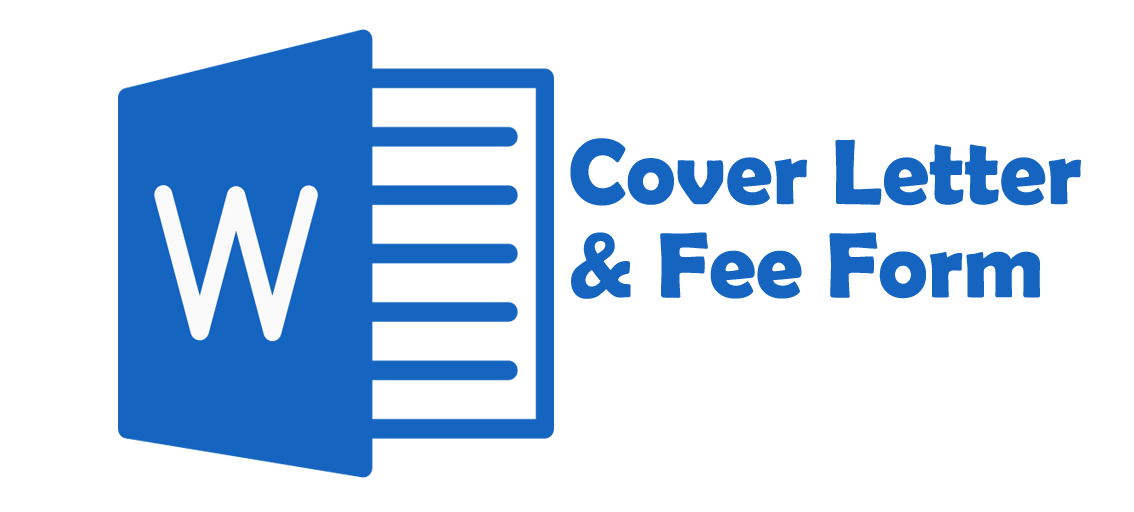PERBANDINGAN EFEKTIVITAS BERKUMUR MENGGUNAKAN LARUTAN PROPOLIS LEBAH 12,38% (APIS MELLIFERA) DAN KLORHEKSIDIN GLUKONAT 0,2 % TERHADAP INDEKS PLAK
Abstract
Dental plaque is the primary etiologic in the development of caries and periodontal disease. Chlorhexidine gluconate 0.2% is the mouthwash that is widely used and effective in reducing dental plaque index, but this mouthwash is chemical with few side effects if used for long periods. Propolis is a bee product that has a high content of flavonoids antibacterial and has many benefits in health and has minimal side effects because it belongs to natural product. This study aims to determine differences in the gargling effectiveness using Chlorhexidine gluconate 0.2% and bee propolis solution 12.38% (Apis mellifera) in reducing dental plaque index. The method used in this research was a clinical experimental with the design of one group pretest and posttest. The subjects consisted of 20 students of MA DR. Abd. Ahmad PGAI Padang. Dental plaque index was measured using PHP plaque index before and after gargling using the solution of bee propolis (Apis mellifera) 12.38% and chlorhexidine gluconate 0.2%. The data of research findings were analyzed using paired T-test (p<0.05). The results show that the mean of plaque index reduction of gargling using the solution of bee propolis 12.38% (Apis mellifera) is 0,88 with the standard deviation of ± 0.66 and the mean of plaque index of gargling using Chlorhexidine gluconate 0. 2% is 1.56 with the standard deviation of ± 0.79. There is a significant difference with p value = 0.005 (p <0.05). Chlorhexidine gluconate 0.2% shows higher reduction, but this mouthwash is the chemical with few side effects, while the solution of bee propolis 12.38% (Apis mellifera) is a natural substance that is safer to use.
References
2. Balai Penelitian dan Pengembangan Kesehatan Kementrian Kesehatan Republik Indonesia, 2013. Riset Kesehatan Dasar, Jakarta.
3. Who Oral Health, Oral Health Surveillance. [Online]. http://www.who.int/oral_health/action/information/surveillance/en/, Diakses pada tanggal 29 November 2014
4. Tampubolon, Nurmala Situmorang. Dampak Karies Gigi dan Penyakit Periodontal Terhadap Kualitas Hidup
5. Newman M, Takei H, Klokkevold P, Carranza F, Carranza’s Clinical Periodontology Ninth Edition. St. Louis, Missouri: Saunders Company, Elsevier Inc. 2006
6. Hannig M, Joiner A: The structure, function and properties of the acquired pellicle. Monographs Oral Science. 2006
7. Diah. Kontrol plak kemikal dalam pencegahan gingivitis dan periodontitis. Periodontic Journal, Vol 1, No 1. Januari 2012. 1-6
8. Penelitian Ditjen Pelayanan Medik Departemen Kesehatan Republik Indonesia. 2008. Profil Kesehatan. Jakarta
9. Ozan F, Sumer Z, Polat ZA, Er K, Ozan U, Deger O. Effect of Mouthrinse Containing Propolis on Oral Microorganisms and Human Gingival Fibroblasts. Eur J Dent 2007
10. Eley B.M. Antibacterial agents in the control of supragingival plaque - a review. British Dental Journal. 1999.
11. Ahuja V, Ahuja A. Apitherapy-A sweet approach to dental Diseases-Part II: Propolis. J Acad Adv Dent Res. 2011; May; 2(2):1-7.
12. Eliza H, Hardinsyah, Noorwati S, Ahmad S, Made A, dan Yahdiana H. Bioactive compounds and nutrients content of Indonesian and Brazilian propolis. JGP, Vol 7, No. 1. 2012.
13. Ann Felton. Basic Guide to Oral Health Education and promotion. 2009. Wiley-Blackwell, Oxford, London.
14. Elizabeth P, Ari S, Ira W. Efektivitas ekstrak Propolis 12,38% dan Chlorhexidine gluconate 0,2% terhadap biofilm Porphyromonas gingivalis. Conservative Dentistry Jurnal. Vol. 4, No.2. 2011.11-14
15. Gaurav S, Namita L, Renu S. A Review on dental plaque. Lachoo Memorial College of Science and Technology. 2014. India
16. Putri MA, Herijulianti E, Nurjannah N. Ilmu pencegahan penyakit jaringan keras dan jaringan pendukung gigi. Jakarta: EGC,2009.
17. Santos VR. Propolis: Alternative Medicine for the Treatment of Oral Microbial Diseases. Alternative Medicine. 2012; 133-169.
18. Mathur, Setu, Tanu Mathur, Rahul Srivastava, and Rohit Khatri. "Chlorhexidine: The Gold Standard in Chemical Plaque Control." National Journal of Physiology, Pharmacy & Pharmacology 1.2 (2011): 45-50.
19. Cappelli DP, Mobley CC. Prevention in Clinical Oral Health Care. St. Louis: Mosby Elsevier, 2008: 14-26
20. Dodwad V, Kukreja BJ. Herbal Mouthwashes A Gift of Nature. International Journal of Pharma and Bio Sciences; 2012
21. Manson JD, Eley BM. Buku Ajar Periodonti. Alih bahasa, Anastasia S. Ed ke-2. Jakarta: Hipokrates, 1993.
22. Chetrus V. Dental Plaque: Classification, formation, and identification. International Journal of Medical Dentistry. 2013;3(2):139-143.
23. Dalimunthe SH. Periodonsia. Medan: USU Press, 2001
24. Dodwad V, Kukreja BJ. Propolis mouthwash: A new beginning. J Indian Soc Periodontal. 2011 Apr-Jun; 15(2): 121–125
25. Bambang S, Ni Made M, Eko BK, Mangestuti A. Chemical composition and activity of propolis as anti microbial from Malang East Java. J. Peneliti Med Eksakta .2009 Apr.
26. HV Amith, Anil V Ankola, L Nagesh. Effect of Oil Pulling on Plaque and Gingivitis.J Oral Health Comm Dent 2007; Vol 1:12-18
27. Sastroasmoro, Sudigdo. Dasar dasar Metodologi Penelitian Klinis. Sagung Seto, Jakarta. 2011
28. Eliza H, Hardinsyah, Noorwati S, Ahmad S, Made A, dan Yahdiana H. Bioactive compounds and nutrients content of Indonesian and Brazilian propolis. JGP, Vol 7, No. 1. 2012.
29. Ardo Sabir. Respons inflamasi pada pulpa gigi tikus setelah aplikasi ekstrak etanol propolis (EEP). Majalah Kedokteran Gigi. Vol 38. 2005
30. Fernanda C RL, Andreza M FA, Indri N, Elisa MAG, Josimeri H, Carlos ASC. Toxicity of chlorhexidine on odontoblast-like cells. J Appl Oral Sci. 2010; 18(1): 50-8.
31. Lauren O. Bakaletz, Developing animal models for polymicrobial diseases : http://www.nature.com/nrmicro/journal/v2/n7/fig_tab/nrmicro928_F3.html, Juli 2004. Diakses pada 1 April 2014.
32. Laksminingsih R. Pengaruh Kumur dengan Teh Hitam, Povidon Iodium 1%, Chlorhexidine 0,1% terhadap Jumlah Koloni bakteri dalam Saliva. Dalam Majalah Kedokteran Gigi. Volume 34. Nomer 3a. Agustus 2001. 2001. Surabaya: FKG Unair, 456 – 459.
33. Sulistiyani. Uji Toksisitas Obat Kumur Klorheksidin terhadap Kultur Sel. 2001. Dalam Majalah Kedokteran Gigi. Volume 34. Nomer 3a. Agustus 2001. Surabaya: FKG Unair, 221 – 223.
34. Sabir, A. Pemanfaatan Flovanoid di Bidang Kedokteran Gigi. Dalam Majalah Kedokteran Gigi. 2003. Edisi Khusus Temu Ilmiah Nasional III. Surabaya: FKG Unair, 81 – 87.
35. Nurin Aisyiyah Listyasari. Pengaruh Pasta Gigi Dengan Kandungan Propolis Terhadap Pembentukan Plak Gigi. 2012. Semarang: Universitas Diponegoro















